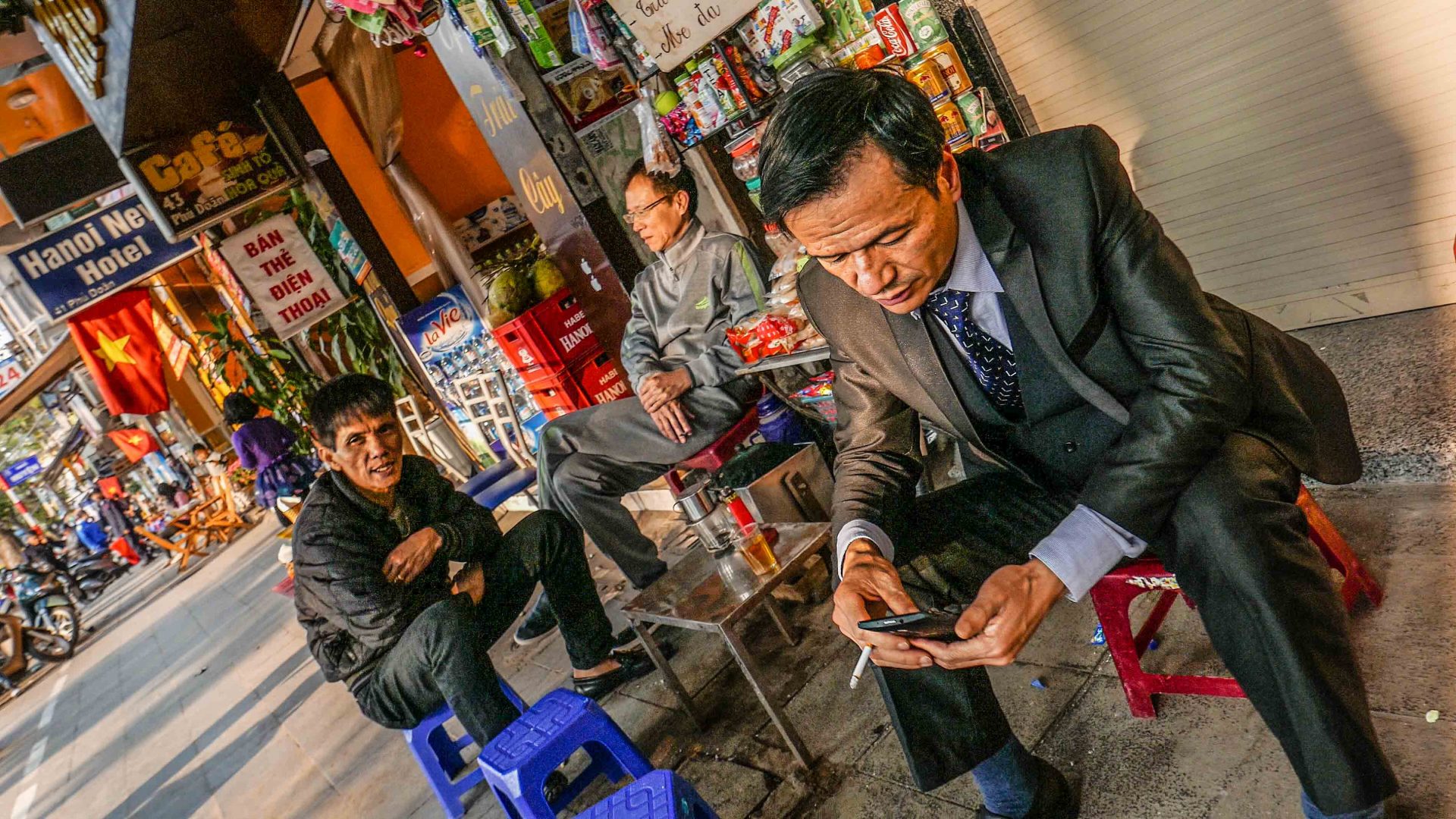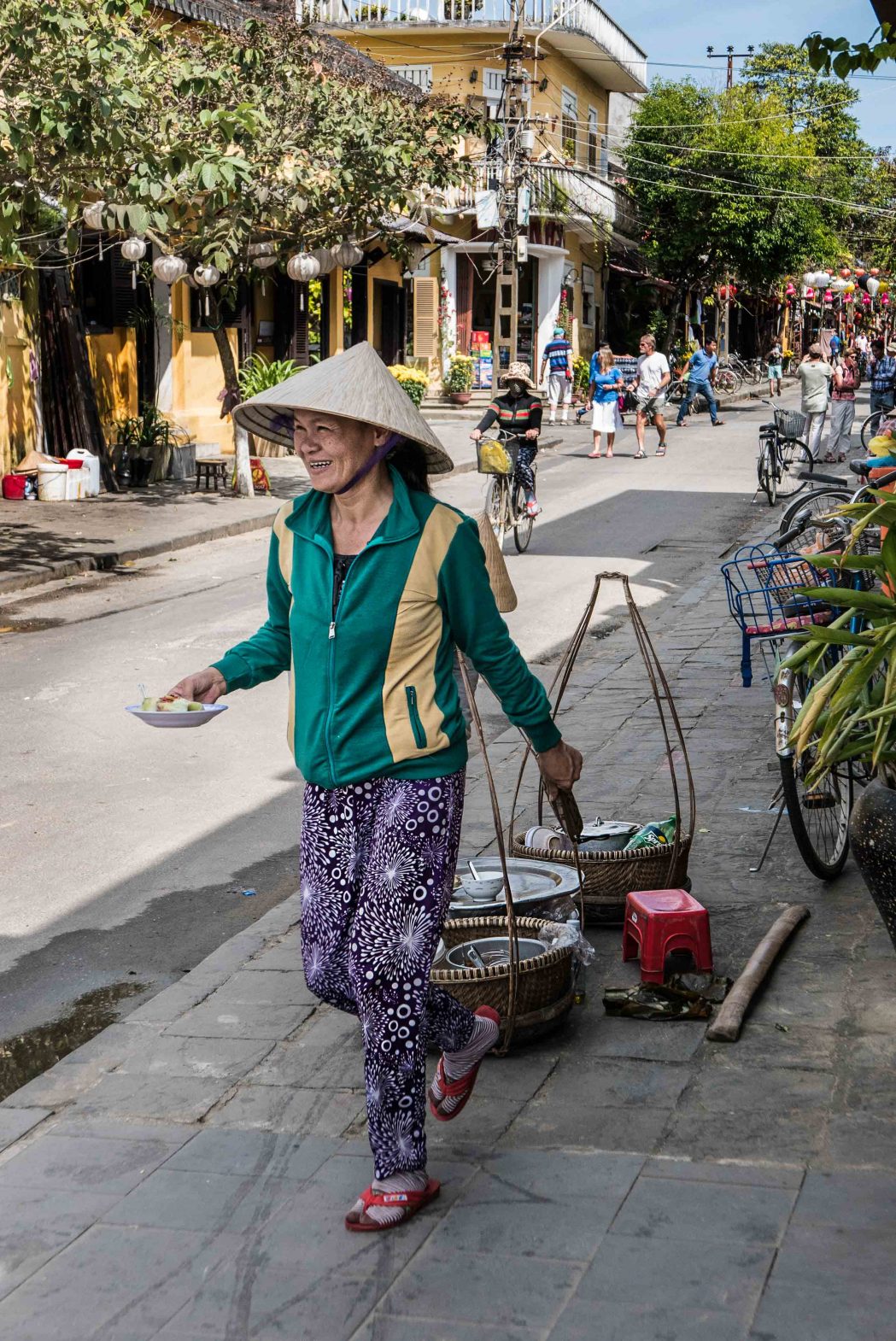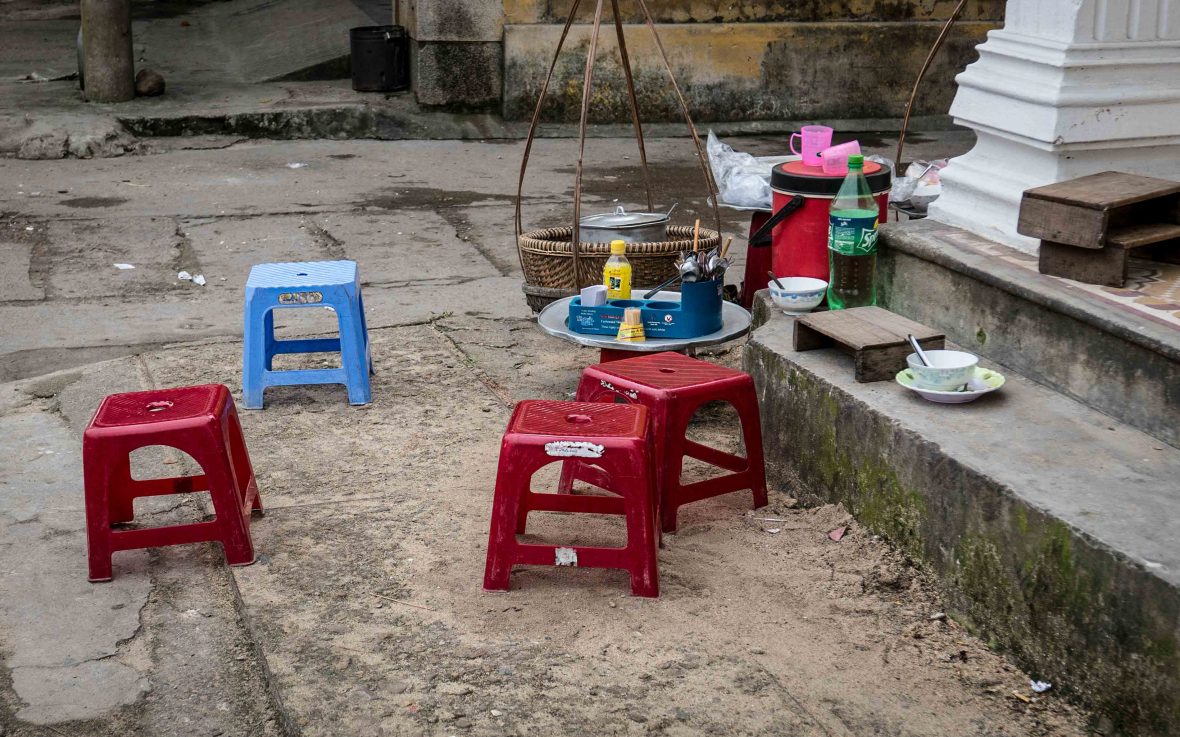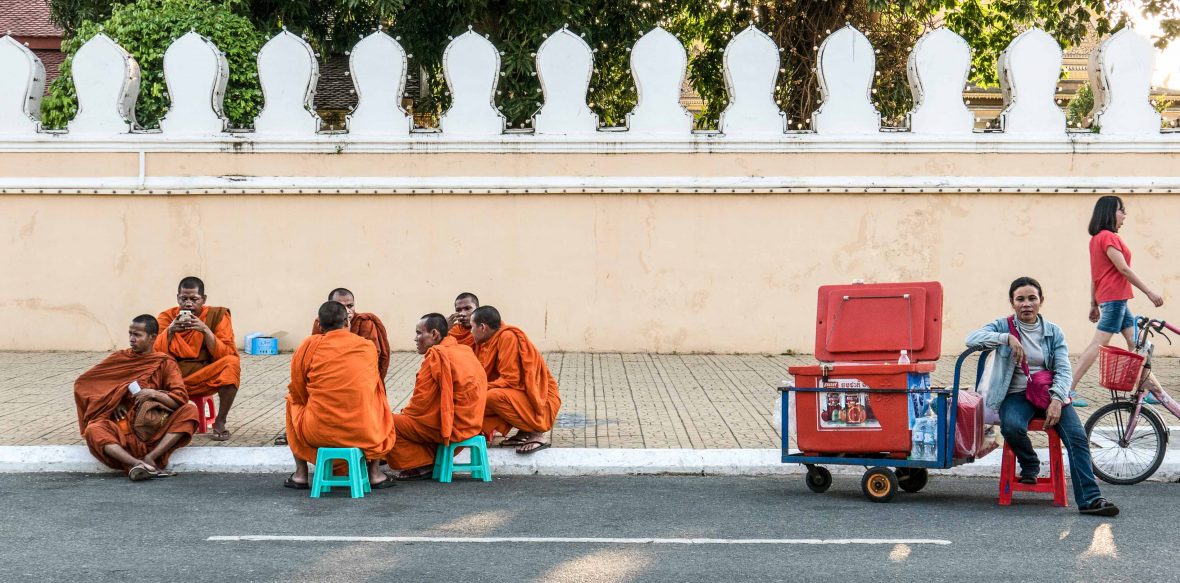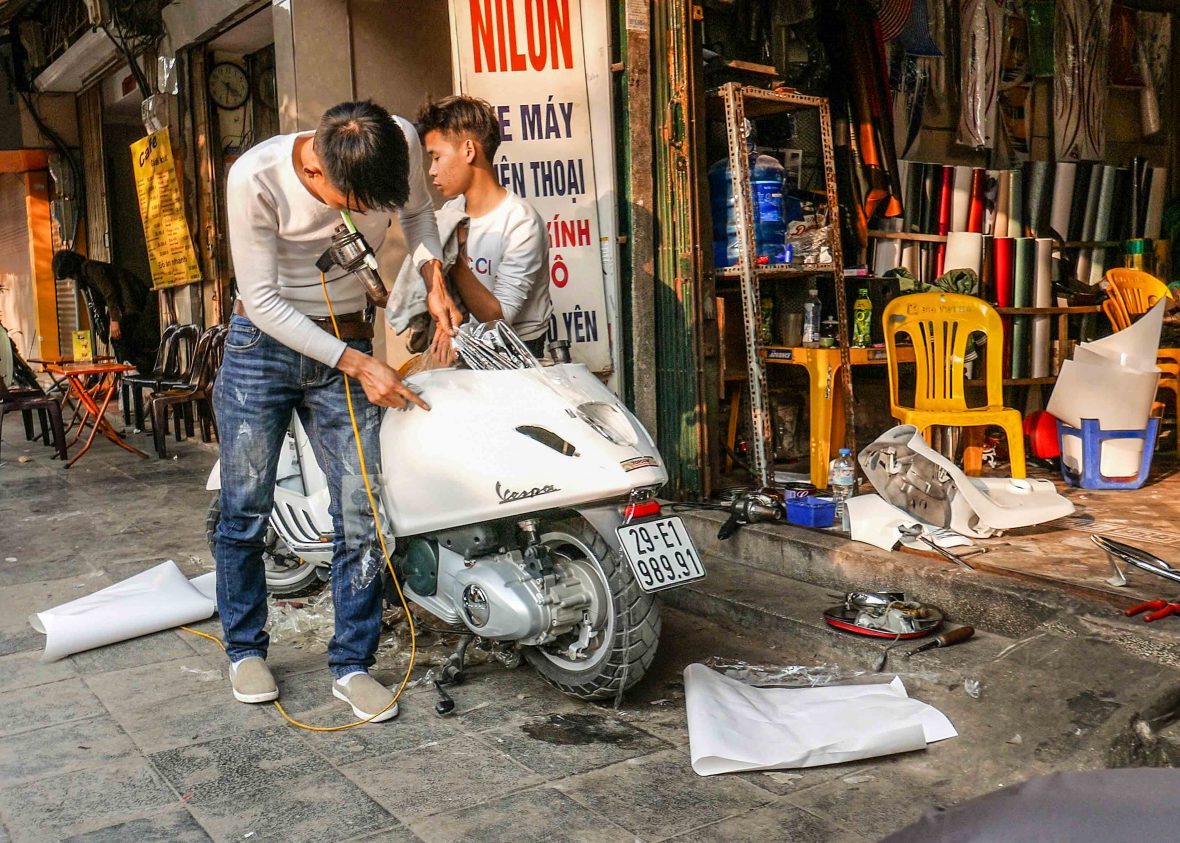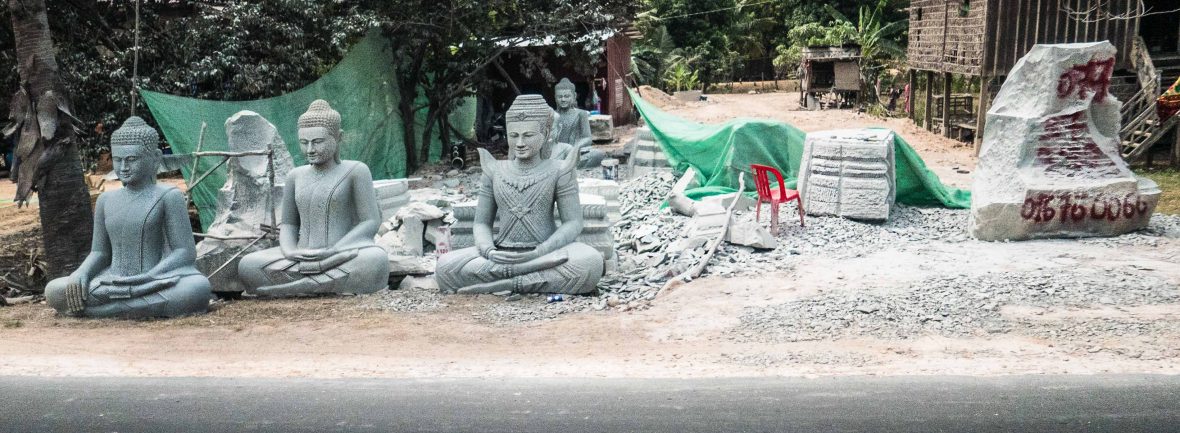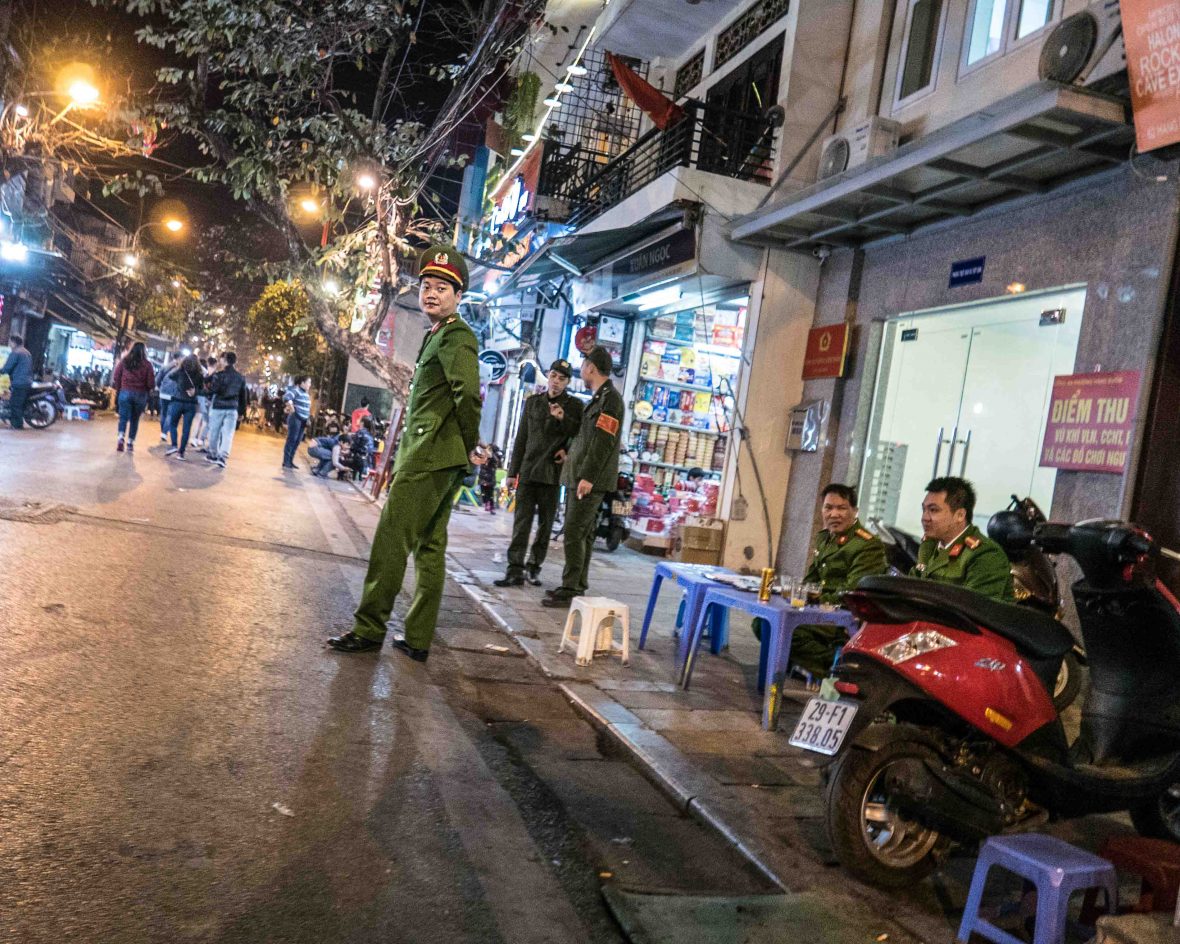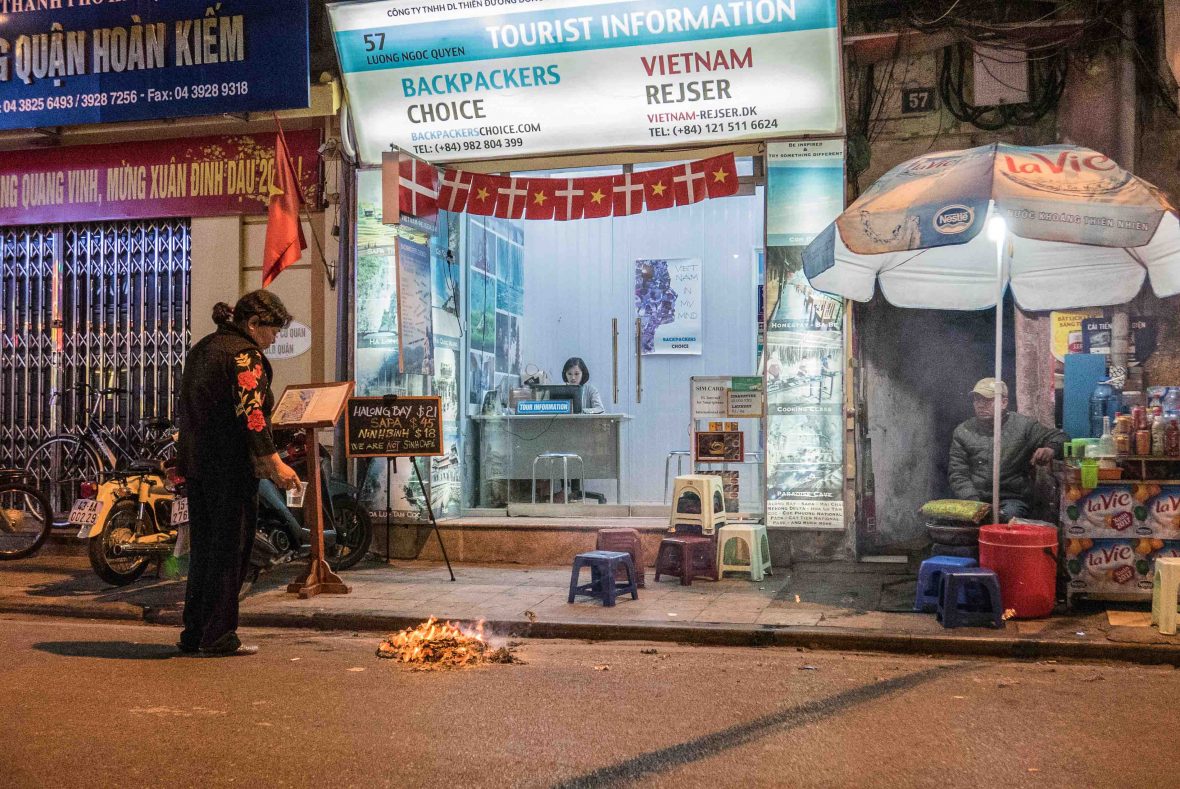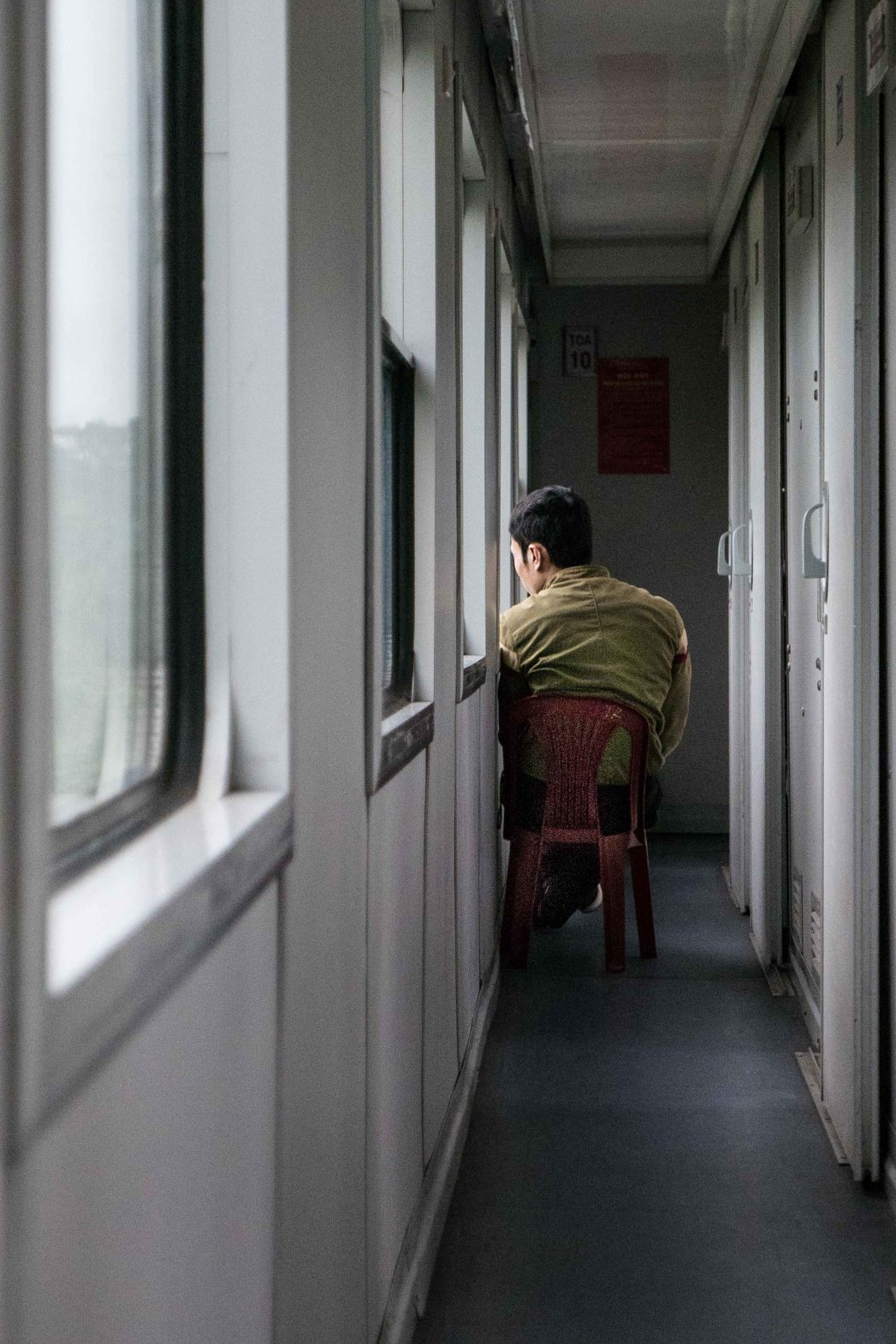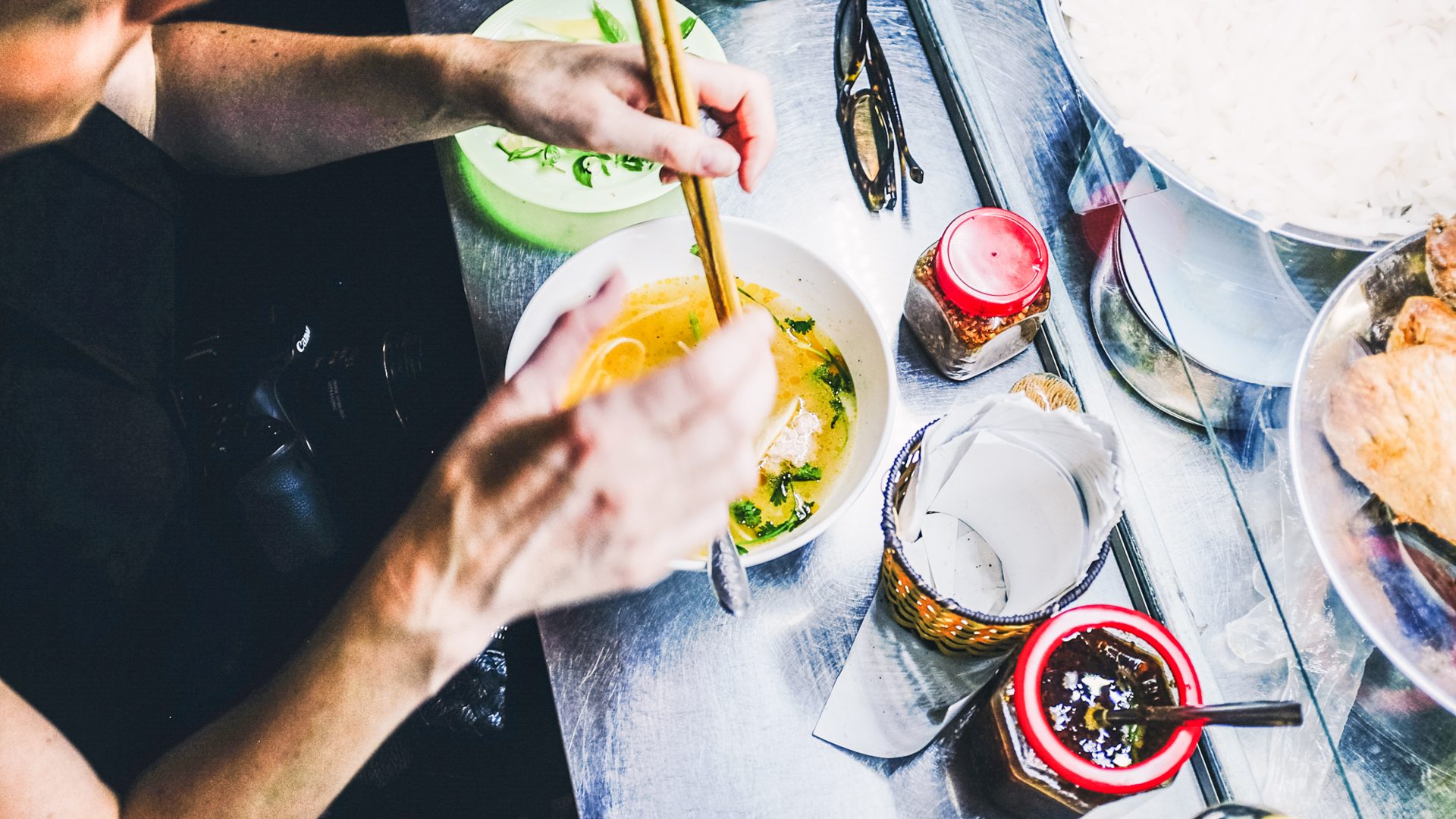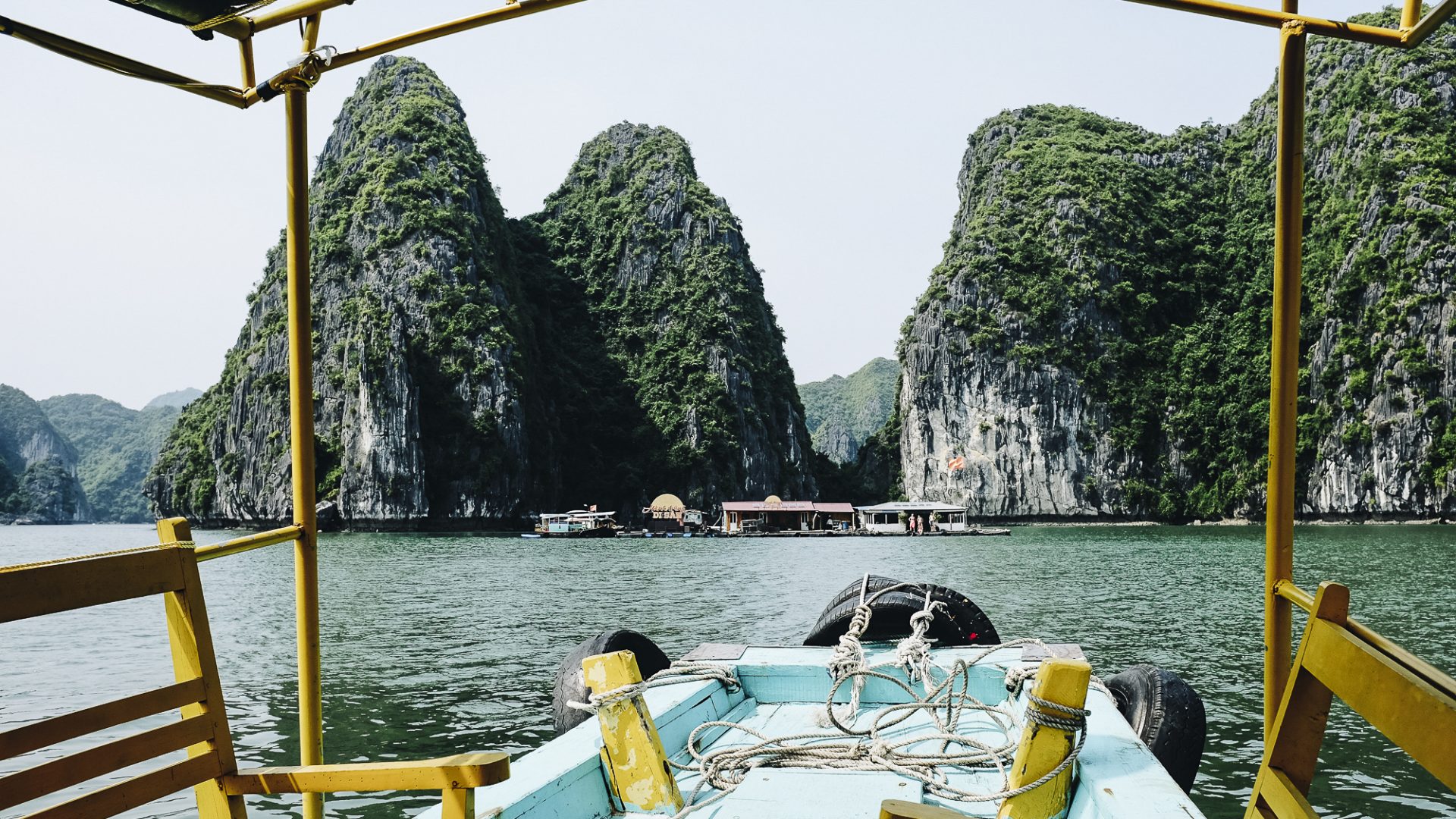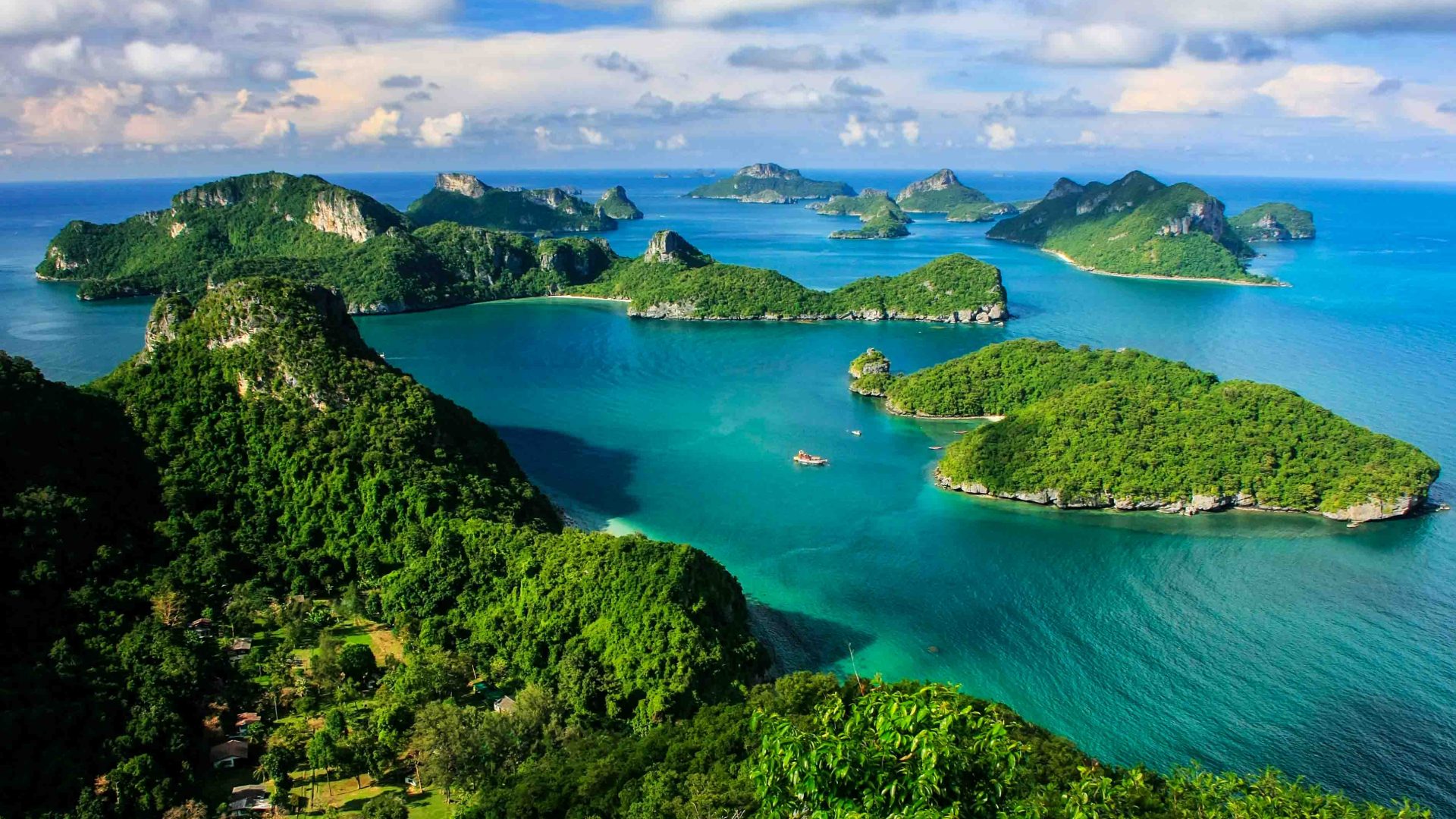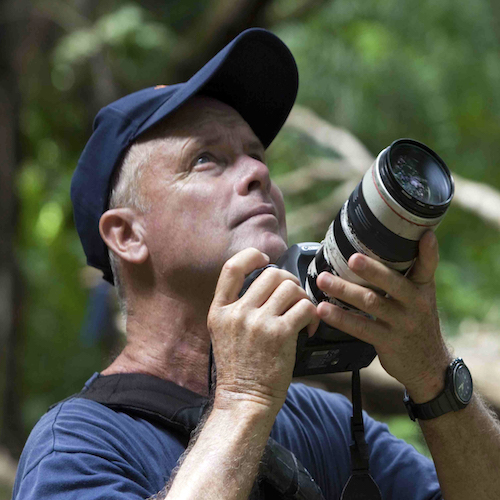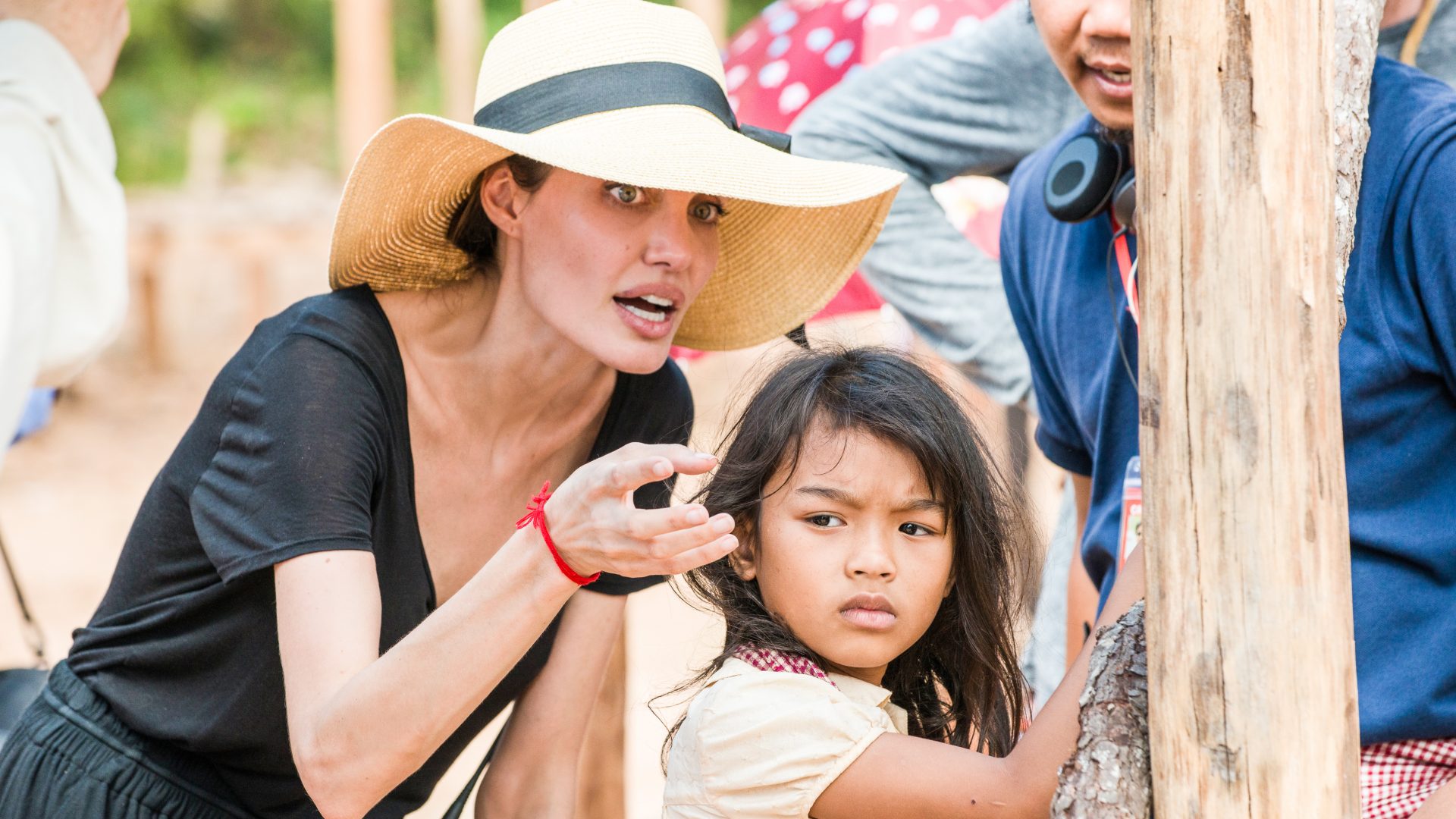Traveling in Southeast Asia, photographer Chris Hilton barely noticed the plastic chairs. But when he realized they were in almost every shot, he gave them the starring role.
I never set out to take photographs of plastic chairs. I was usually responding to a flicker of light, a color, a shape, a movement, or a whole host of other visual catalysts. But as my trip through Southeast Asia progressed, I saw the theme start to emerge from the photographs I’d taken; there were so many plastic chairs in so many shots. And why wouldn’t there be? The chairs are everywhere.
In fact, there were so many that, after a while, you simply stop noticing. But even if your mind filters them out, the camera doesn’t. That’s what helped me to see them, and once I did, I couldn’t stop looking. And the more I looked, the more I realized hardly anyone else was. So I started snapping.
Parts of Southeast Asia exude more than a hint of France; the result of years of French colonial rule. In fact, when viewed out of context, this photo is often mistaken as having been taken in France but really, it’s an air of faded colonialism. Except in Vietnam, colonialism didn’t fade away here; it was forcibly evicted.
These days, the guard at the rear entrance to the Citadel in the royal town of Hue can afford to abandon his post, but it hasn’t always been that way. For a hundred years, the Citadel housed the Emperors of Vietnam and this resplendent red chair marks the spot where an eagle-eyed sentry would have once stood.
Later, the Imperial City within the Citadel’s grounds was home to the Viet Cong, in the fight for Vietnamese independence, and was all but destroyed in the American offensive to recapture it.
Quang ganh; that’s the name for the pole and two baskets that carry an entire restaurant. The hawkers carrying baskets aren’t just selling food; they carry an entire mobile restaurant.
It’s a beautifully engineered contraption. That pole has been selected from old growth bamboo, it’s been fashioned to shape, submerged in water for a couple of months, and finally smoked in order to give it the flex it needs.
The baskets are traditionally woven from bamboo or rattan, but it’s not uncommon these days to spot steel wires from which they are suspended. With disparate loads that change each time the carrier sells or cooks something, the baskets have to be impeccably balanced for the whole thing to work. Not everyone can carry one; one needs to walk in ways that don’t make the baskets sway.
They tote the ingredients, the stove, the fuel, pots and pans, even the plastic stools for you to sit on. Here, life survives in the open air: It is not tidied away behind closed doors as is often customary in the west.
When life is lived outside, every little thing is made public. Even the evidence of a good meal is scattered across the pavement in Hoi An, Vietnam.
For many, the clutter of life is usually kept locked away and the streets swept clean. And the menace that fills the void in our uncluttered world is gentrification; a constant need to keep things tidy and neat and ‘nice’. It may have its merits, but it can also suck the joy from our most individual of spaces.
The plastic chairs of Southeast Asia are a reminder that not everywhere can be gentrified. For every hipster bar, there’s a street stall and a scattering of plastic chairs, allowing life to be played out on the streets, keeping it haphazard and in full view.
Scooters are the lifeblood of Southeast Asia. Their number is such that even crossing the road takes courage—you’ll ever seeing a clear getaway. Indeed, as a concept, that’s something any traveler needs to quickly give up on.
Like a bird in a murmuration, it’s best to concentrate on the nine-or-so scooters nearest to you and trust that they are all doing the same—and as you move, slow and steady, they will move with you.
Except when they don’t, of course. Because sometimes they won’t and accidents happen. And in the backstreets of many a town are numerous workshops, patching these little machines back together. In this one, they’re vinyl-wrapping a crash-damaged scooter and there’s a heat gun with a toothbrush taped to it, so it can be held in the mouth, allowing both hands to remain free. And of course, no shortage of plastic chairs inside and outside.
Sometimes, you see the moment you want to capture—but then it’s too late. It’s already happened. Sometimes as a photographer, you need to learn to anticipate, to know it’s going to happen, and be there, ready.
Sometimes that’s hard, and from the window of a speeding bus it can be nigh on impossible. You just don’t see those plastic chairs coming.
En route to Siem Reap in Cambodia, I spotted the plastic chair of choice for one who’s carving a large, stone Buddha. There’s no fancy workbench, no height-adjustable stool—there’s not even much in the way of shade. ‘Sit and sculpt’ is the order of the day.
There’s no special carriage for the guard on the night train. Even officialdom resides on a plastic chair, as he gazes indifferently out of the window where the dull light of a misty dawn reveals limestone escarpments pushing up from the verdant ground.
As passengers, the railway journey was significantly more exciting. We watched as the egrets searched for their first meal of the day. They say that it is the early bird that catches the worm, but not in Vietnam; these birds were after frogs.
Squat, one-storey shanty towns came into view with piles of burnt rubbish at their extremities, before the scene was quickly replaced by lily-strewn ponds and fishermen casting their silvery, almost ethereal, nets upon the sluggish rivers.
